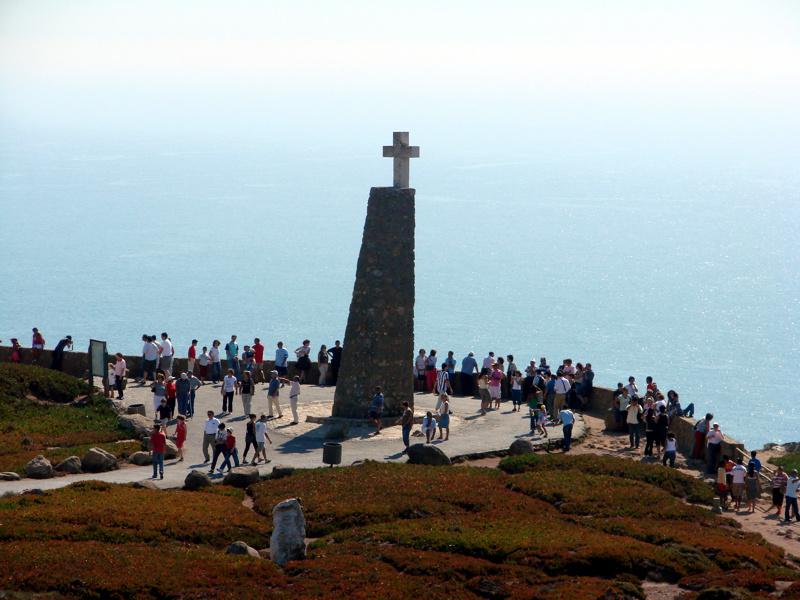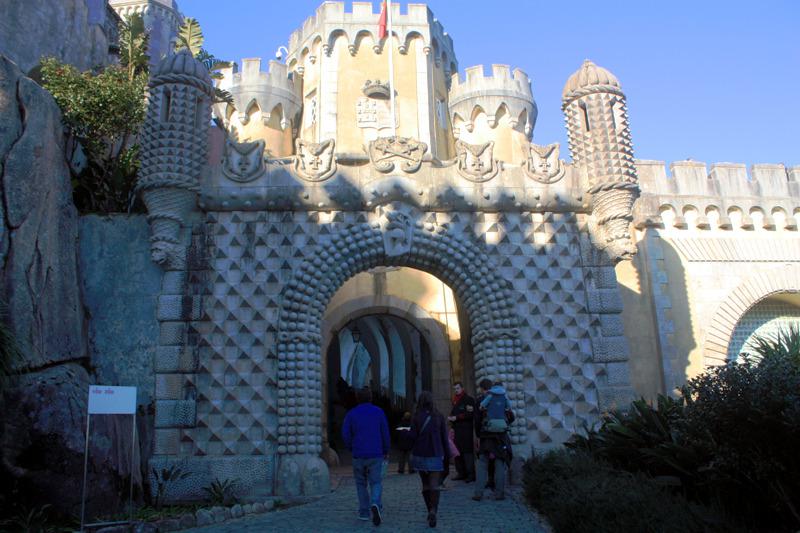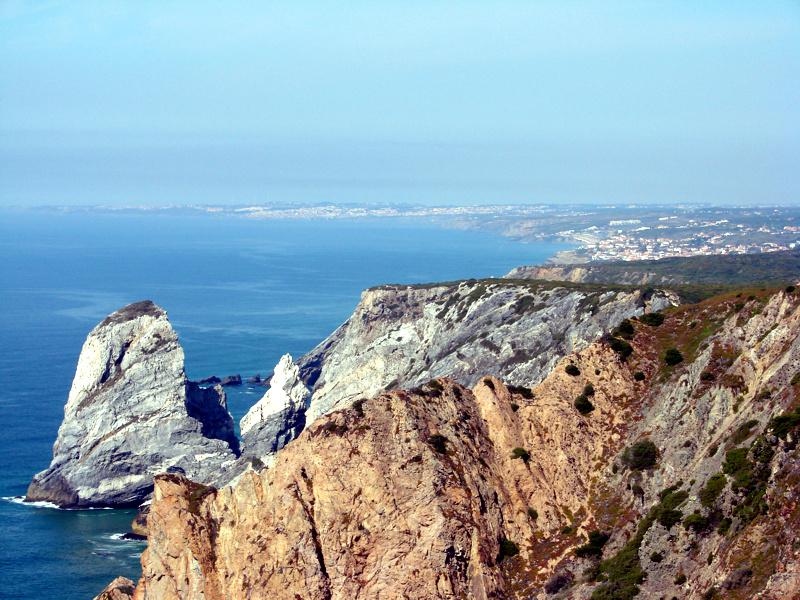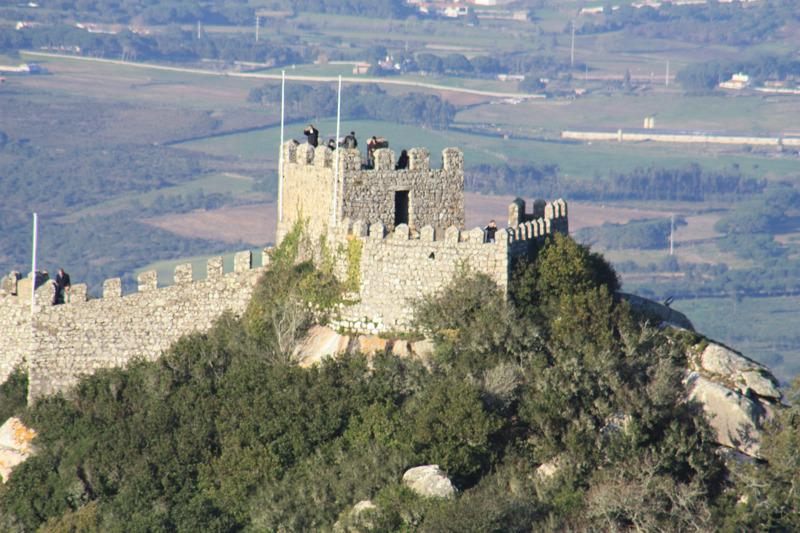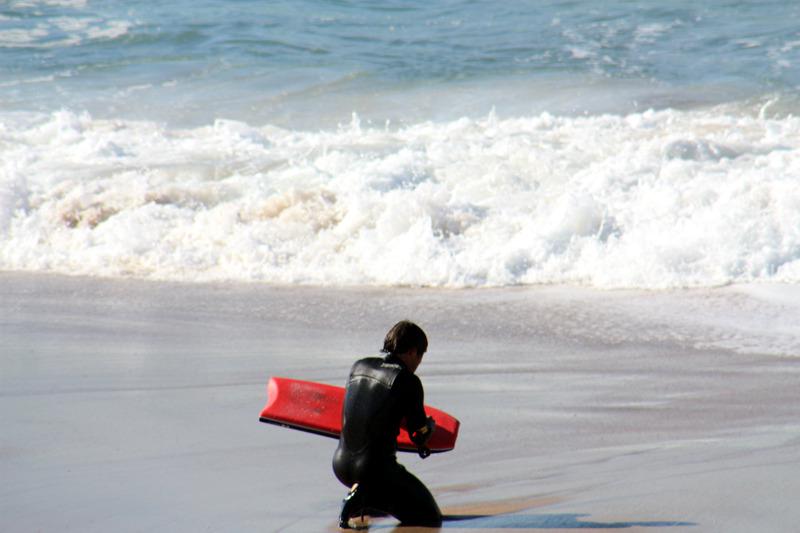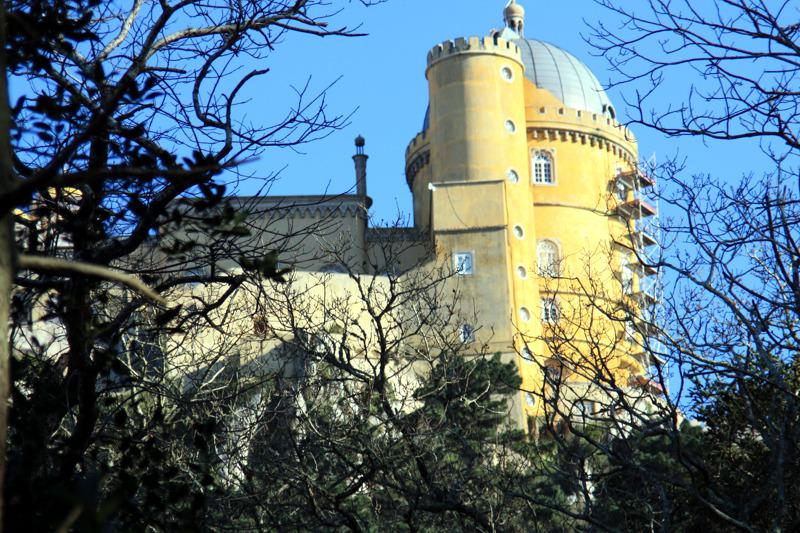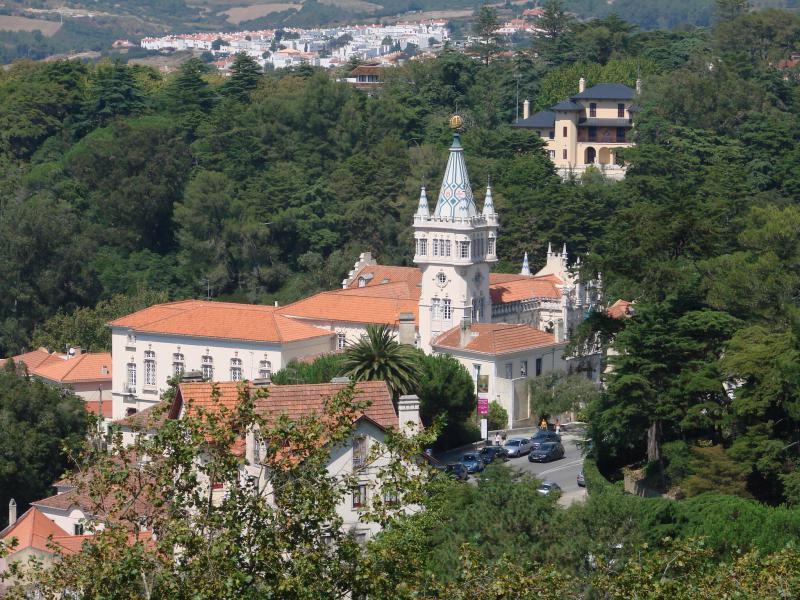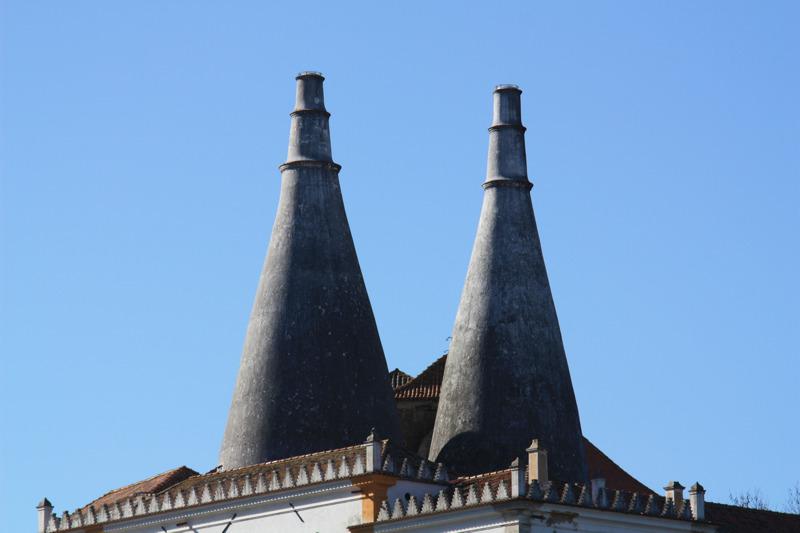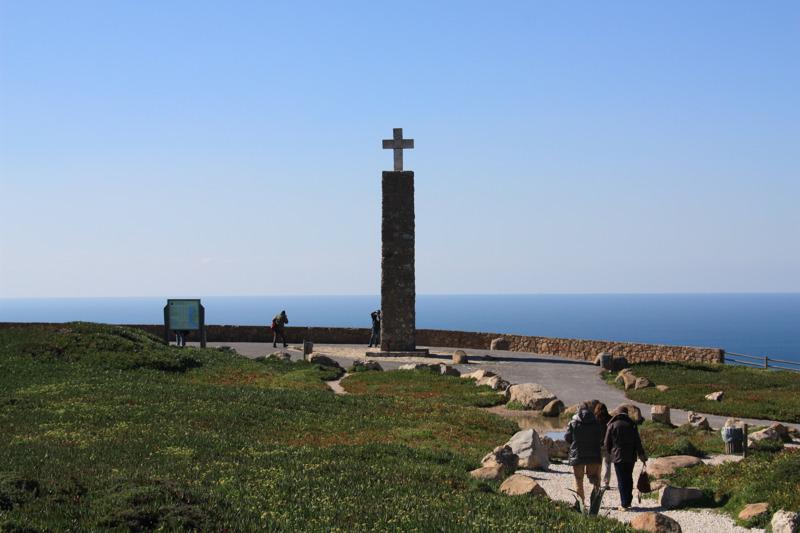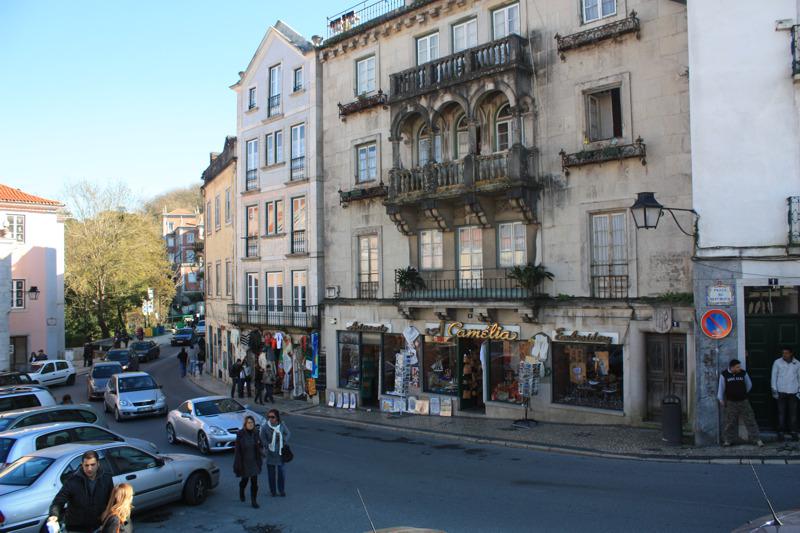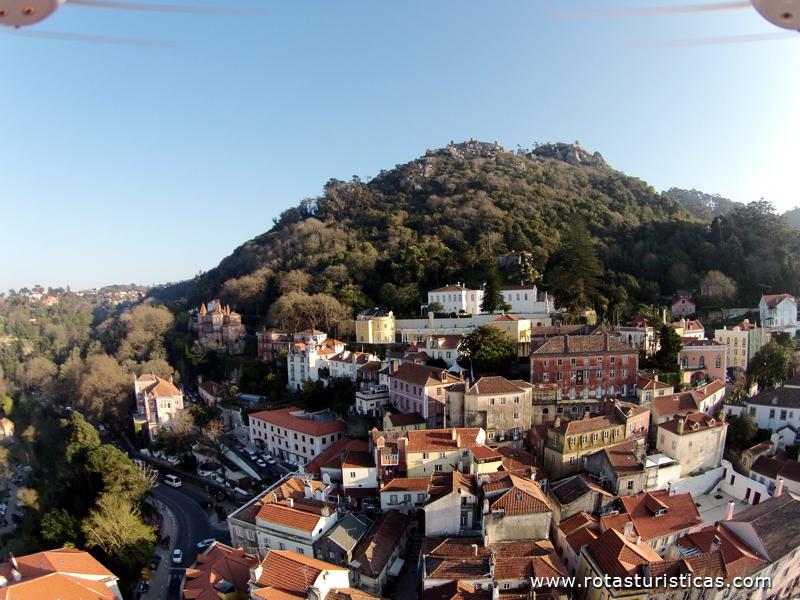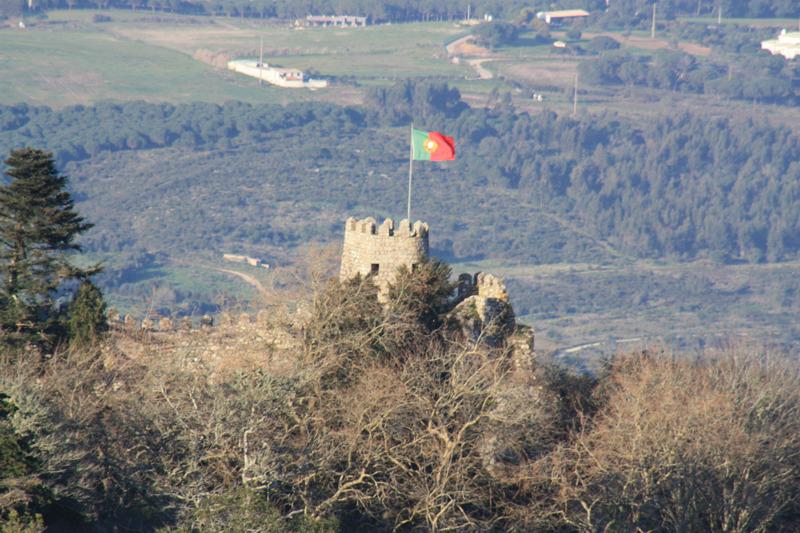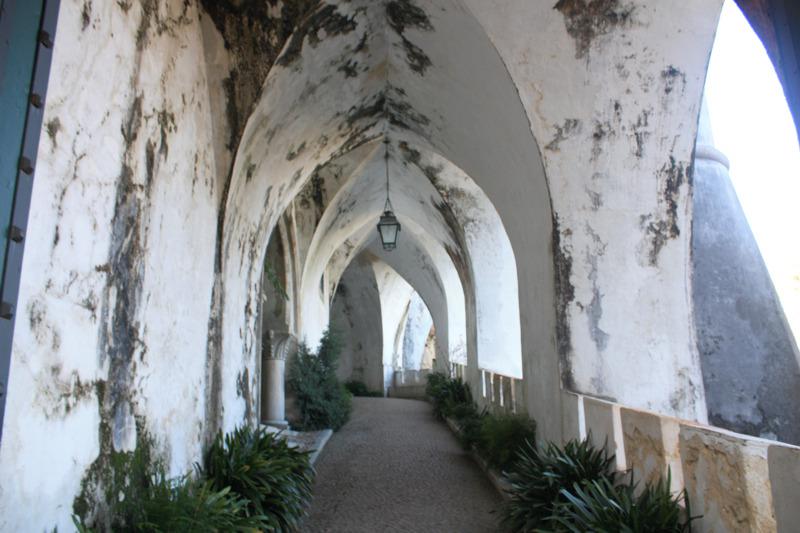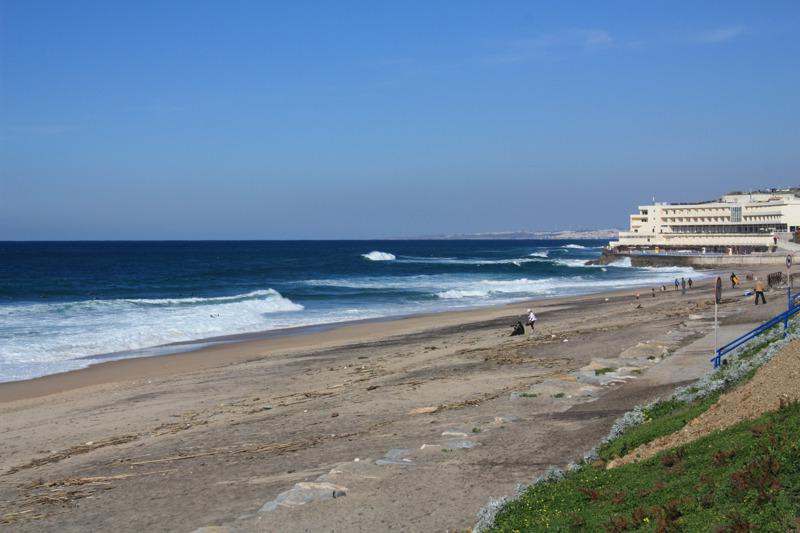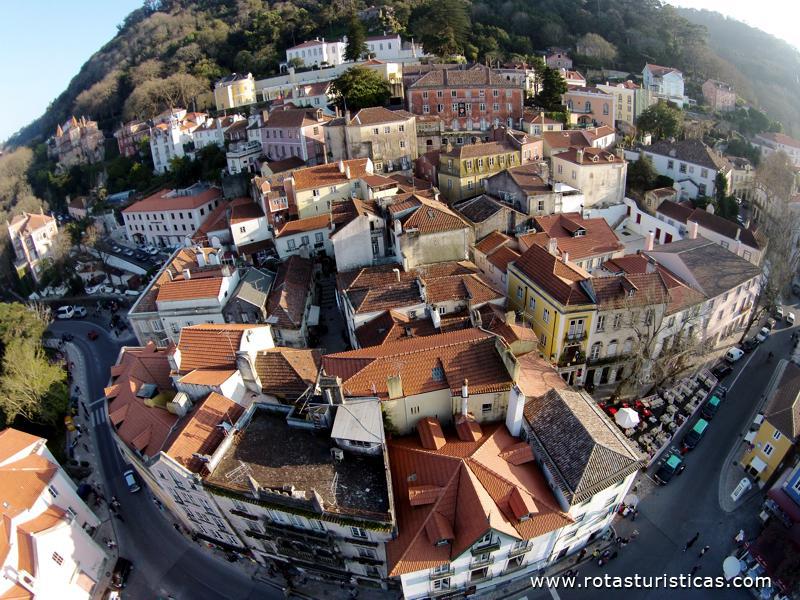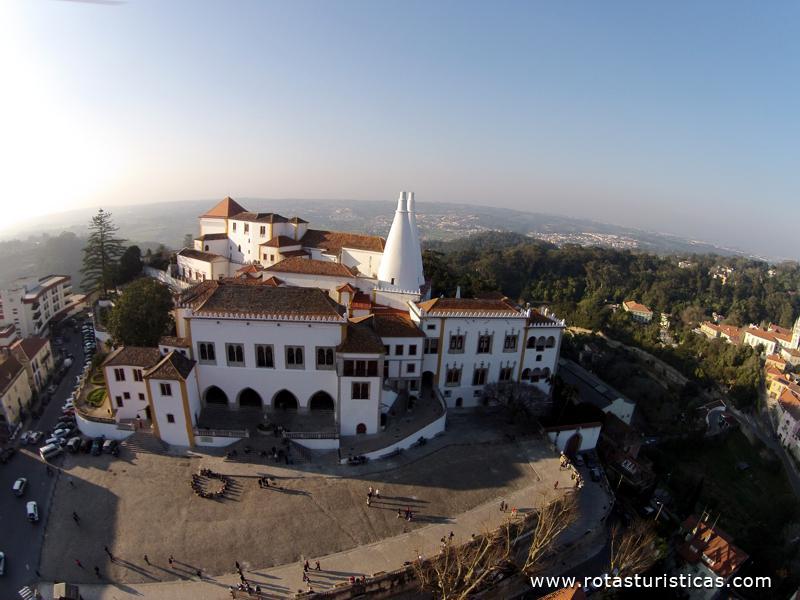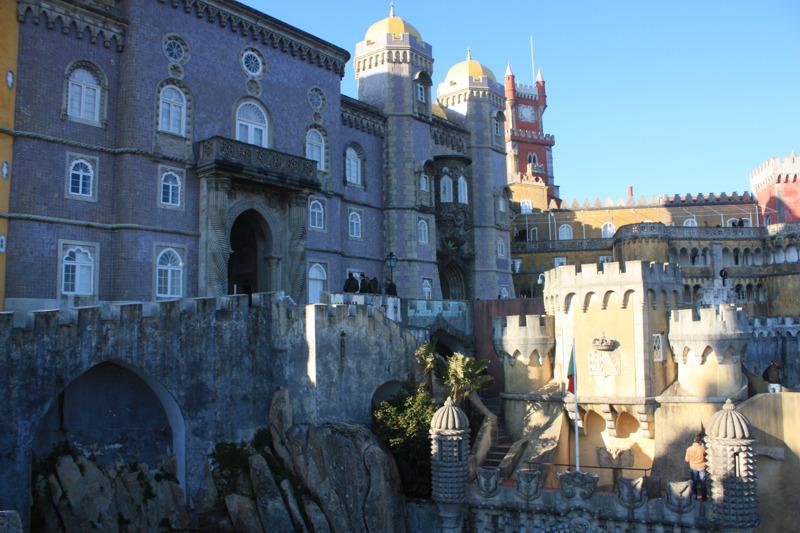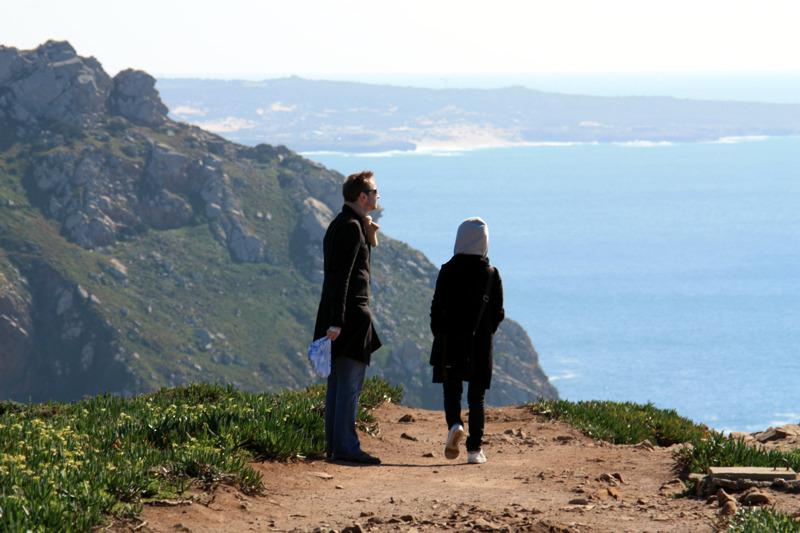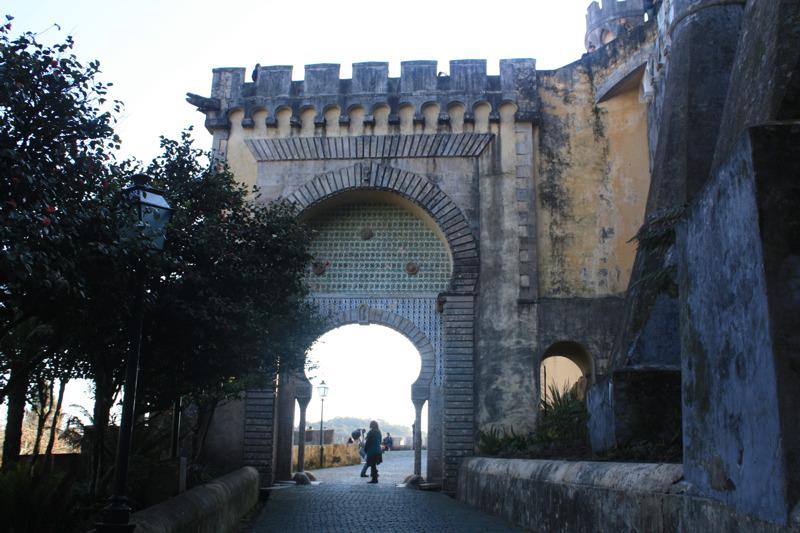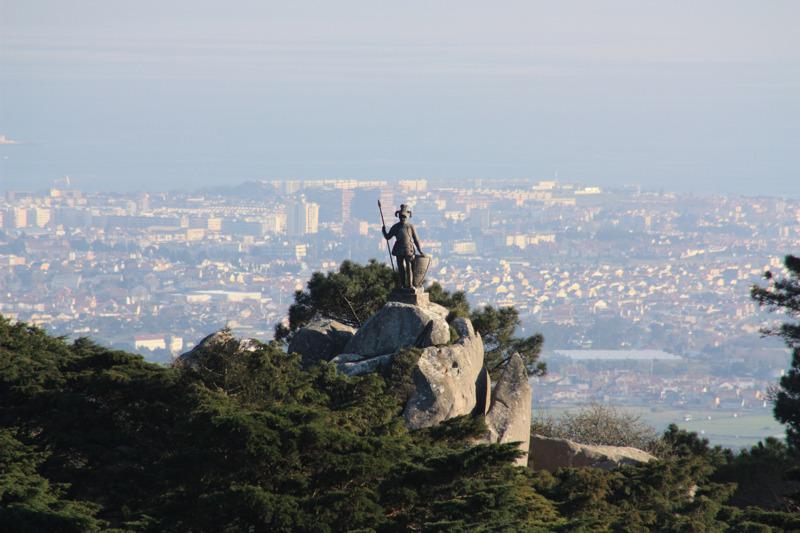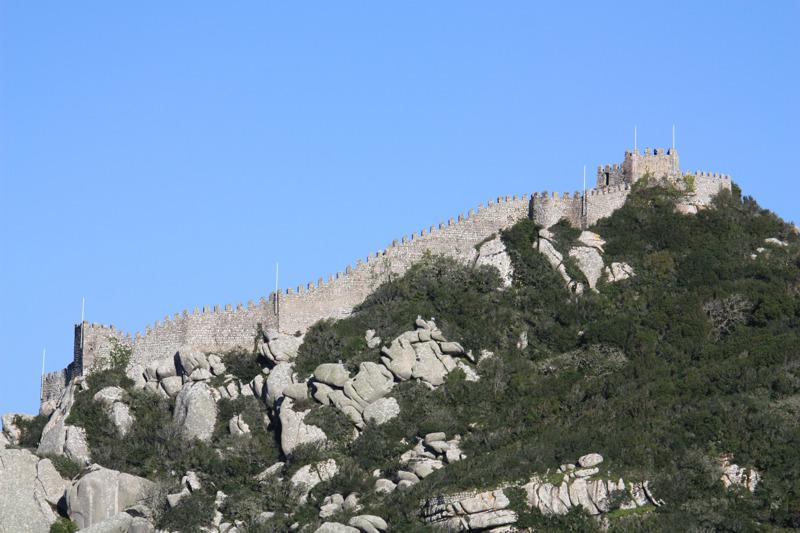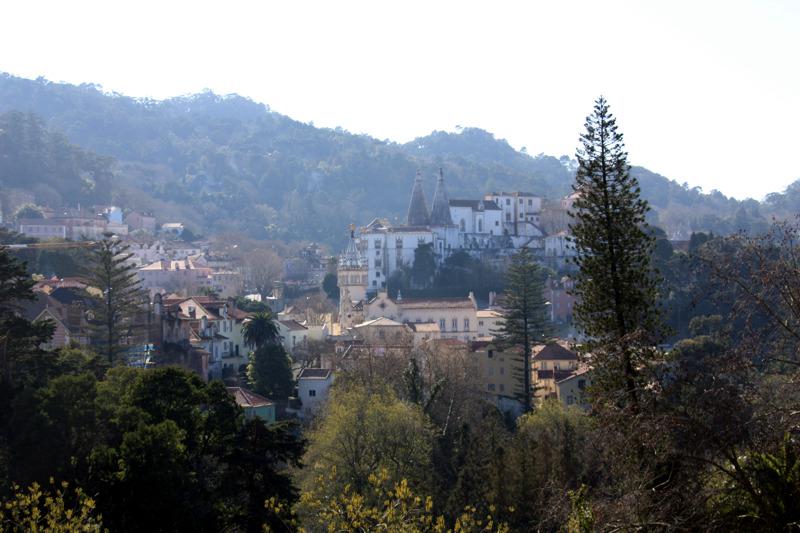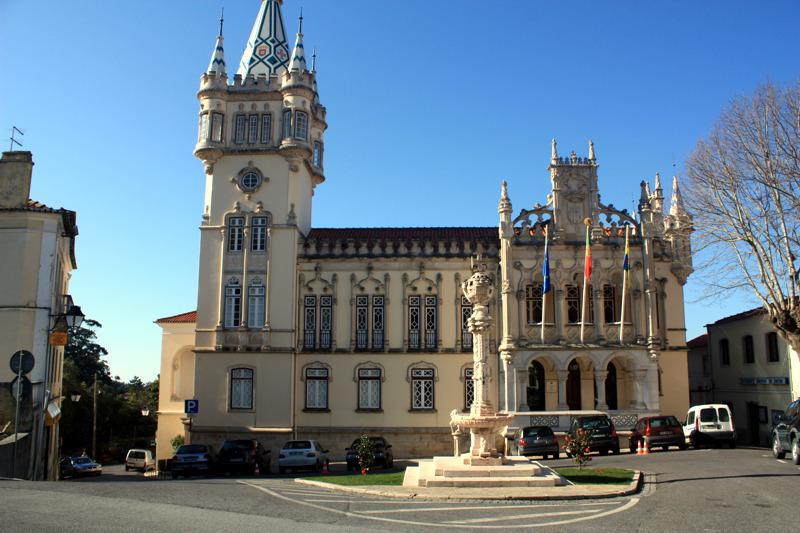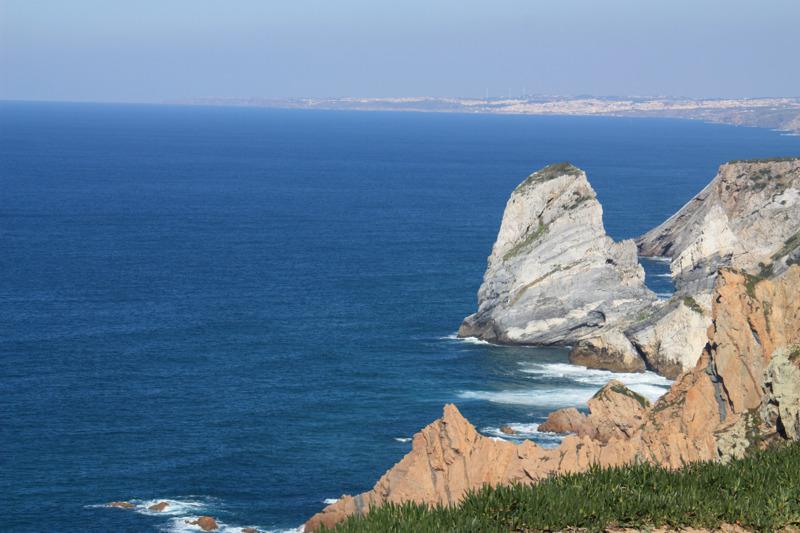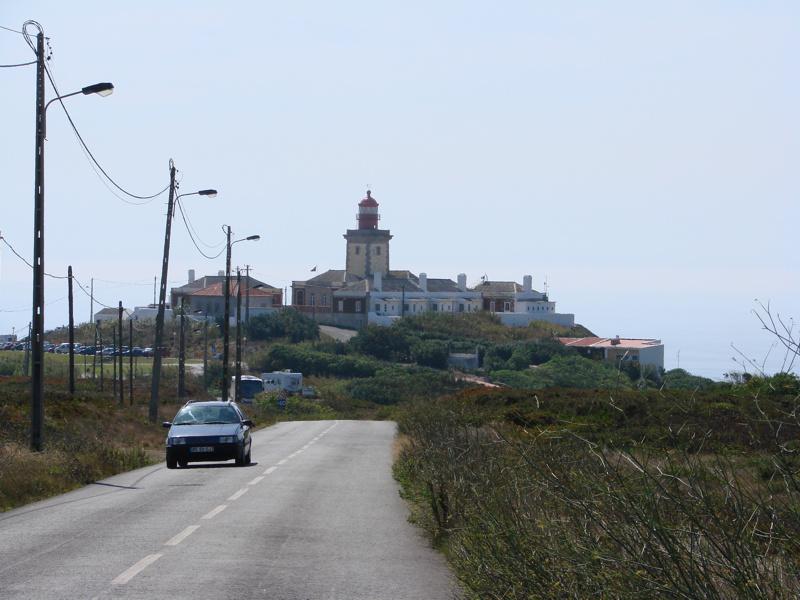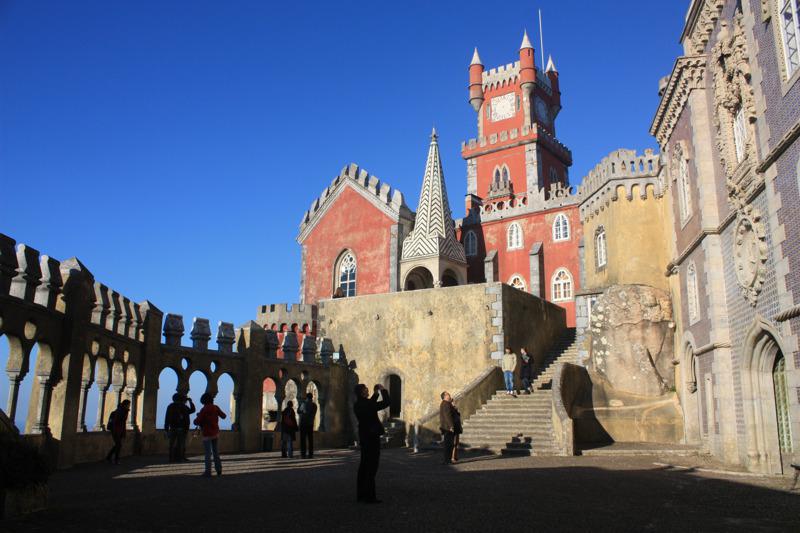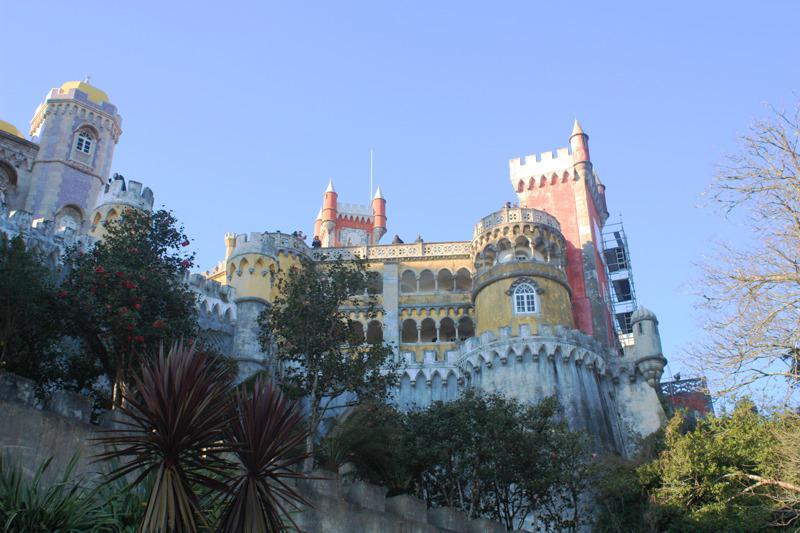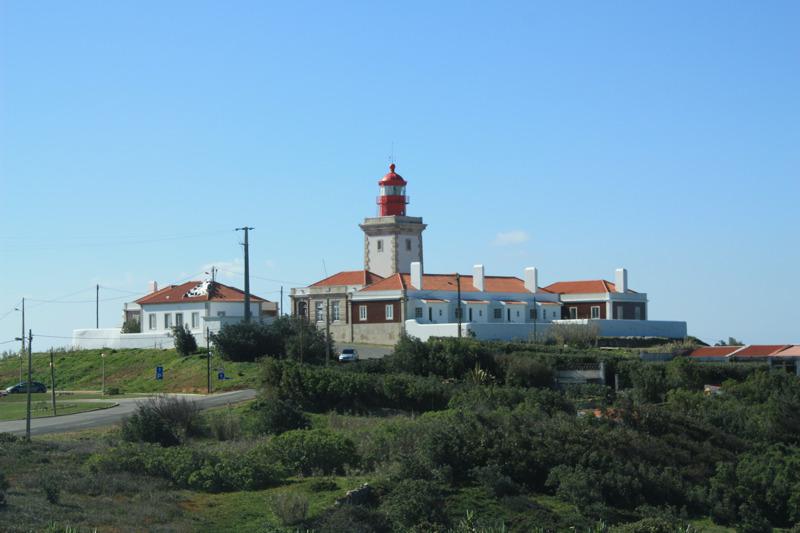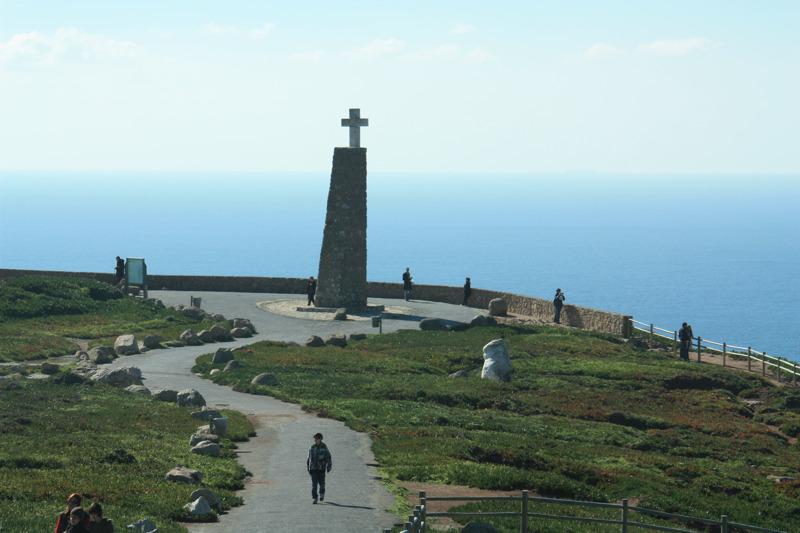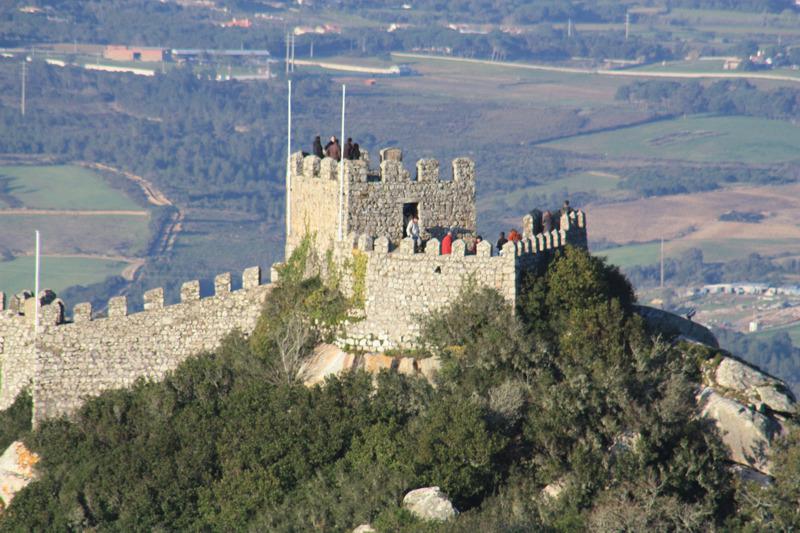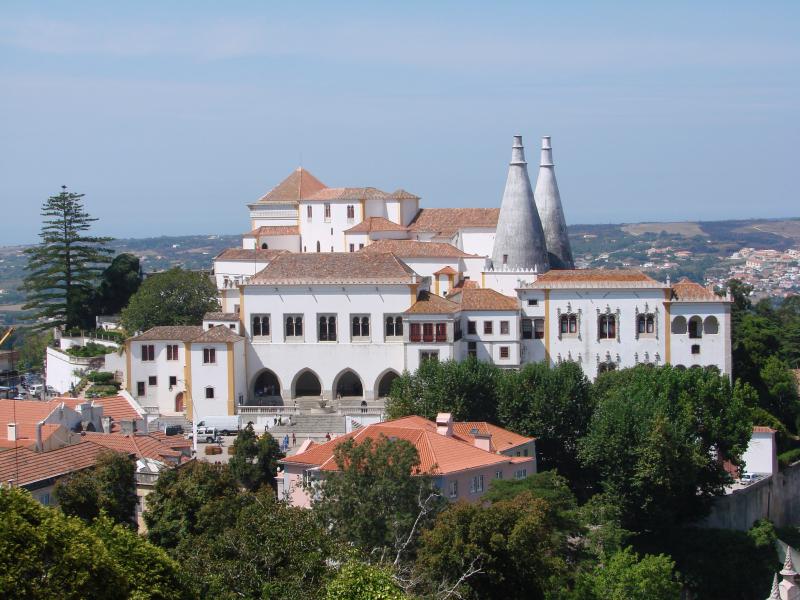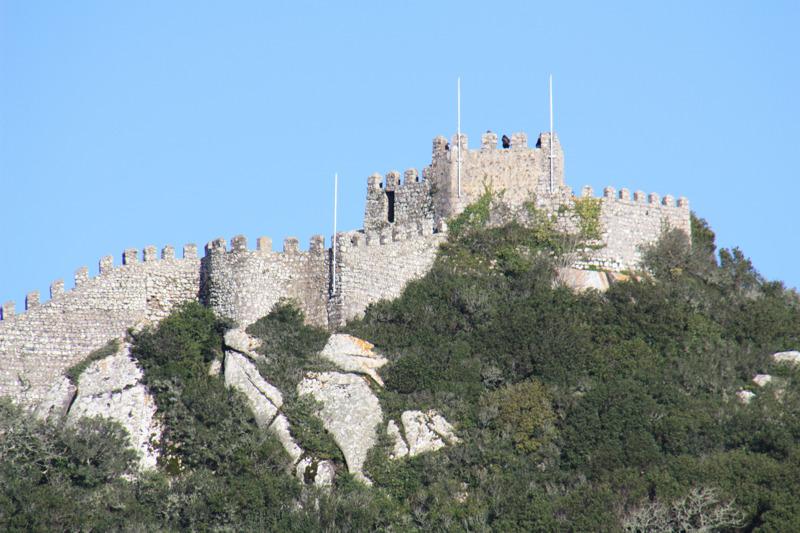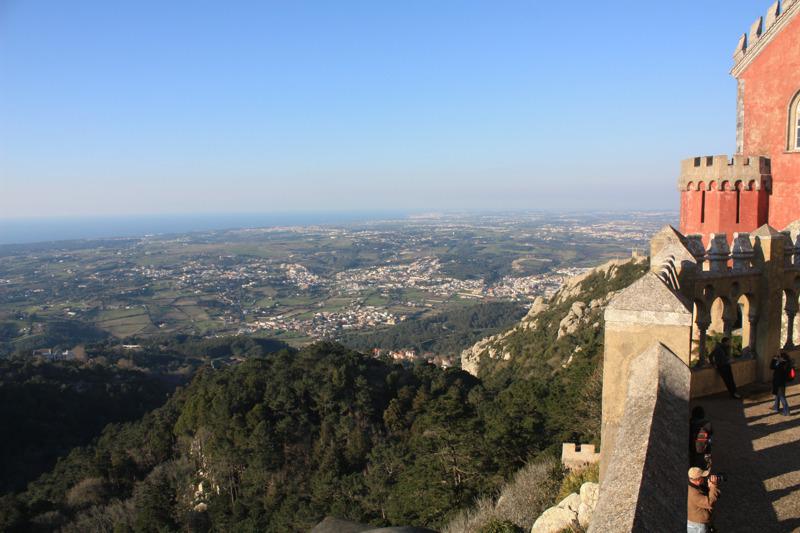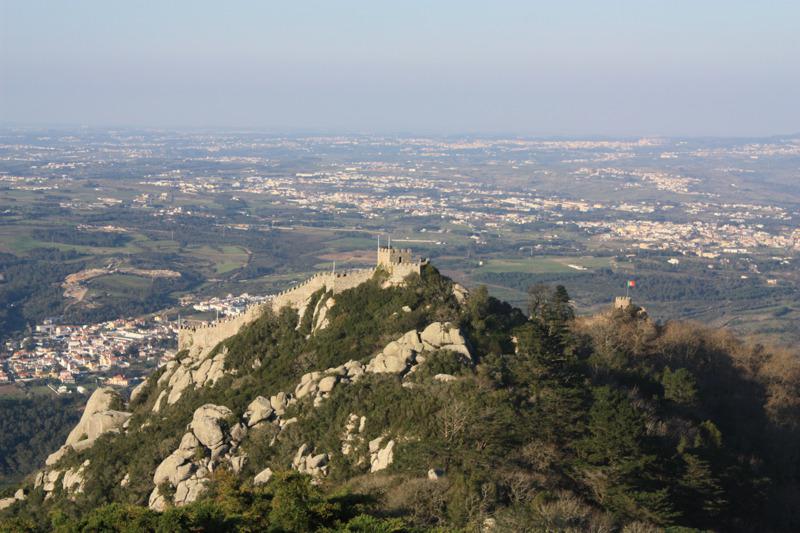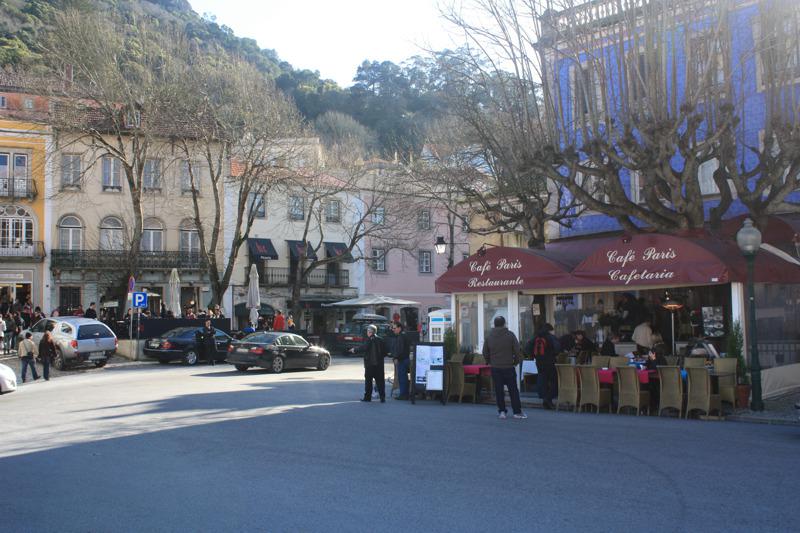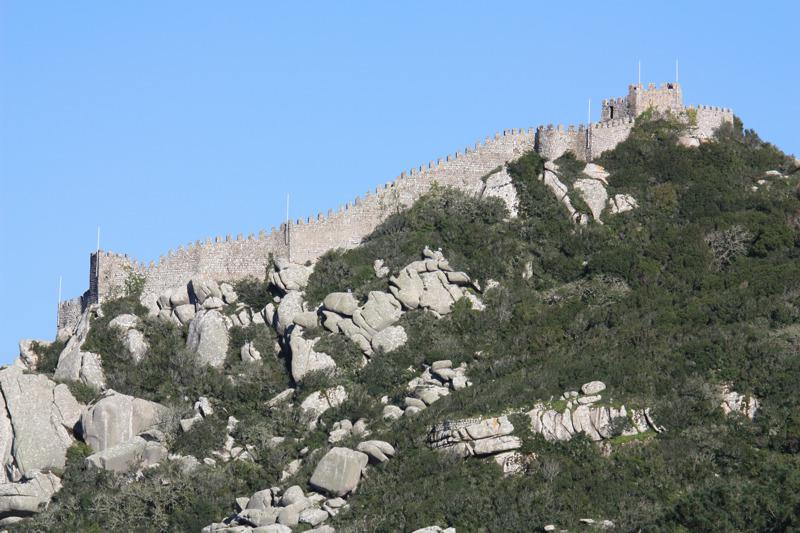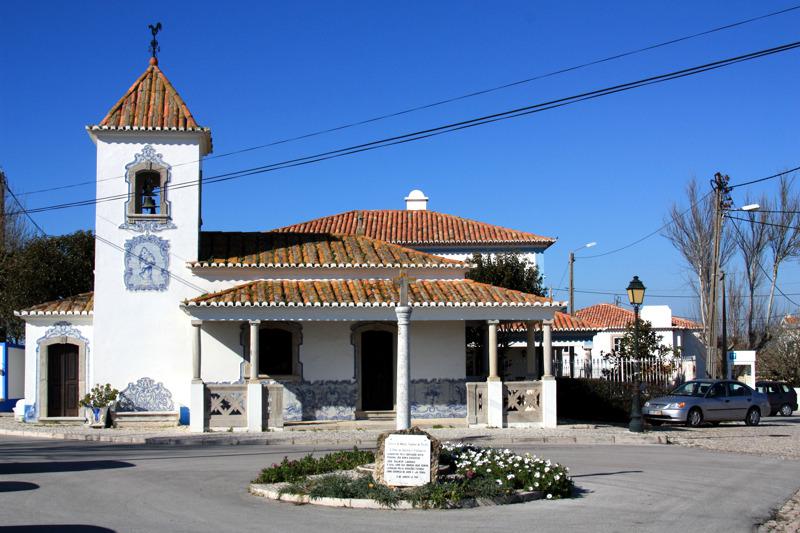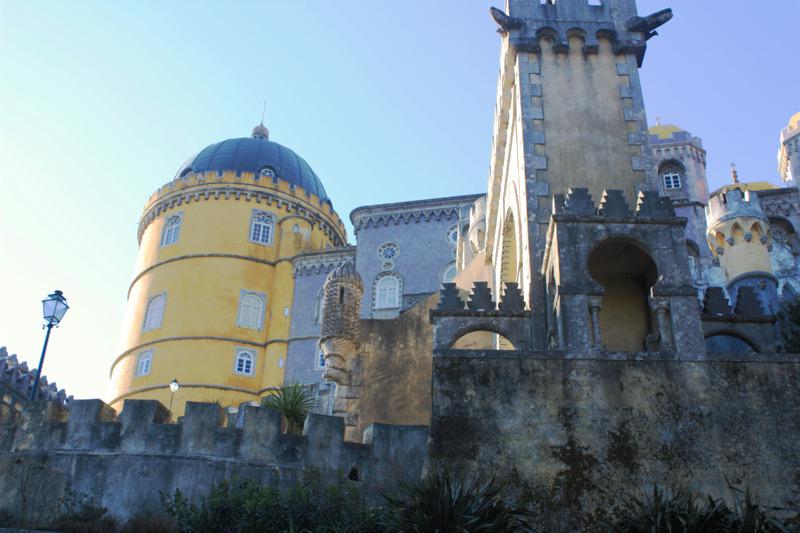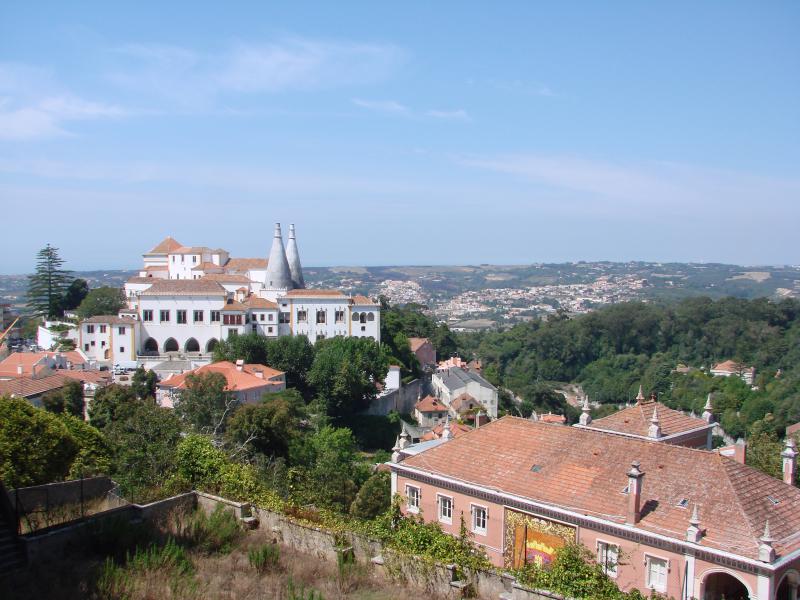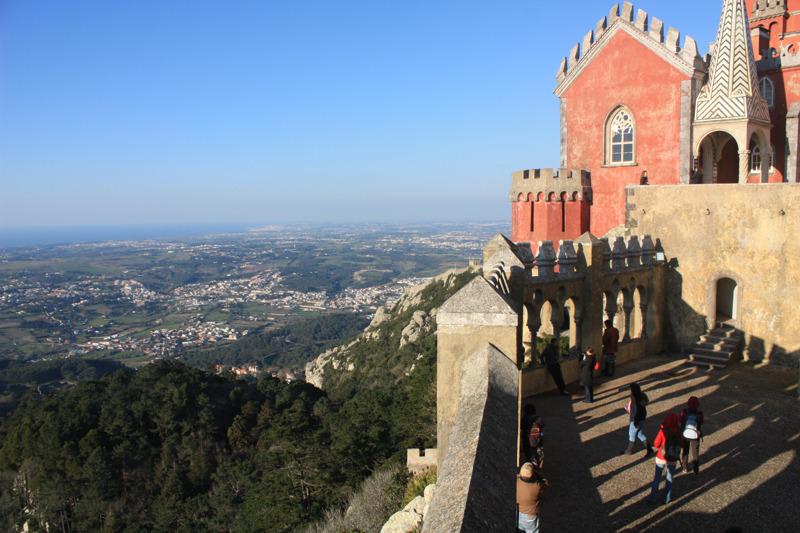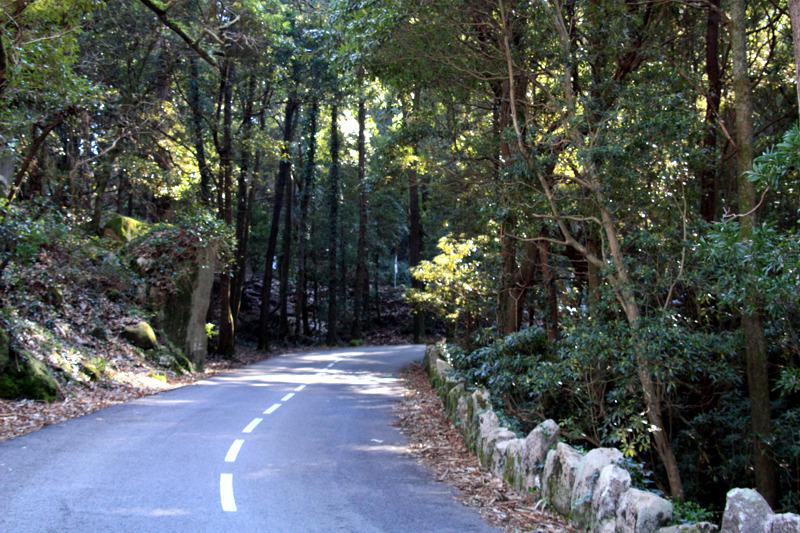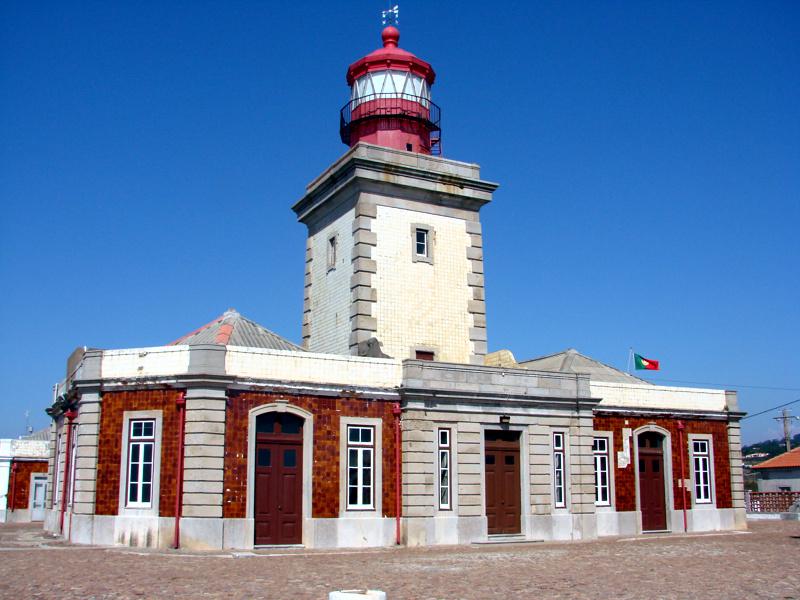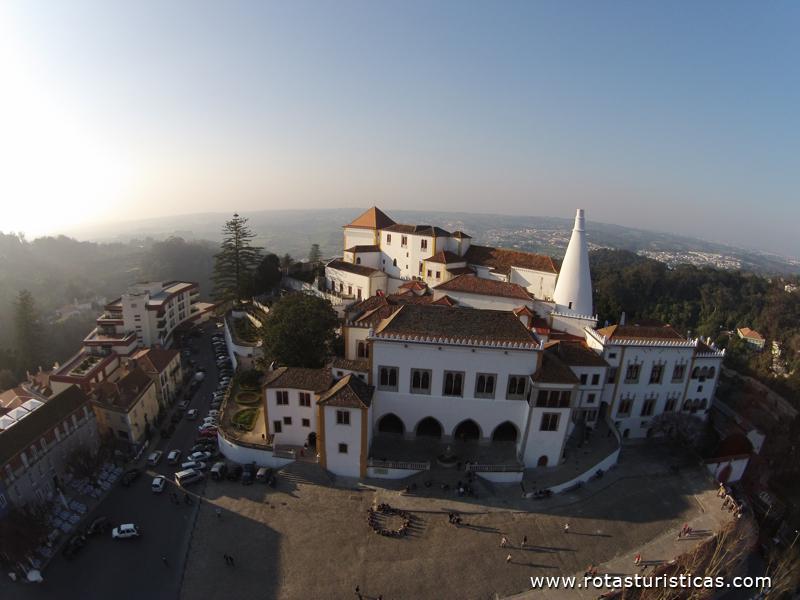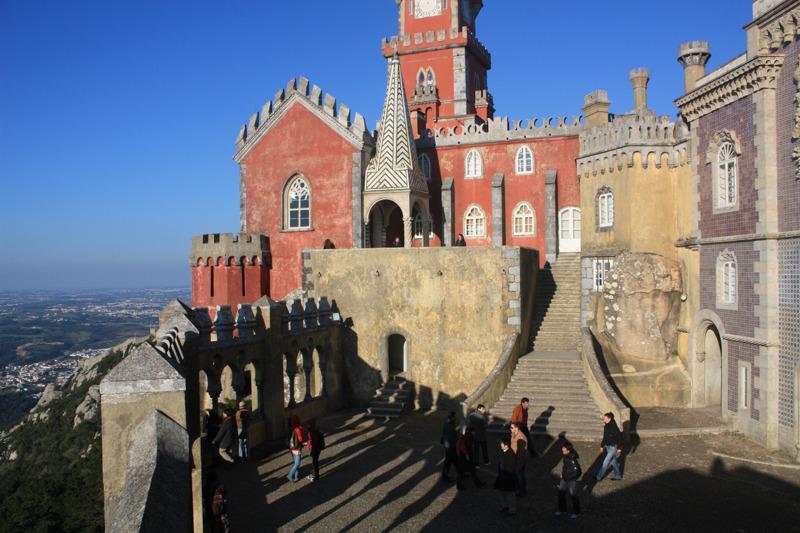Pictures of: Sintra - Portugal
Location map
Airports
Hotels and other Accommodation
Golf Courses
What to visit
Where to Eat
Where to have fun
Consulates & Embassies
World Nomads
The Travel Insurance with the largest coverage

The Travel Insurance with the largest coverage

Sintra
Sintra is a Portuguese village in the District of Lisbon, in the region of Lisbon, sub-region of Greater Lisbon and in the Metropolitan Area of Lisbon.
It is the seat of a municipality with 317 km² of area and subdivided into 20 parishes. The municipality is limited to the north by the municipality of Mafra, to the east by Loures and Odivelas, to the south by Amadora, to the south by Oeiras and Cascais and to the west by the Atlantic ocean.
The town of Sintra includes the Cultural Landscape site of Sintra, a UNESCO World Heritage Site and has refused to be elevated to the category of city, despite being the second most populous municipality in Portugal, according to the Sintra City Council.
It is the seat of a municipality with 317 km² of area and subdivided into 20 parishes. The municipality is limited to the north by the municipality of Mafra, to the east by Loures and Odivelas, to the south by Amadora, to the south by Oeiras and Cascais and to the west by the Atlantic ocean.
The town of Sintra includes the Cultural Landscape site of Sintra, a UNESCO World Heritage Site and has refused to be elevated to the category of city, despite being the second most populous municipality in Portugal, according to the Sintra City Council.
Tourism
The region currently delimited by the Municipality of Sintra is of very remote human occupation. The privileged geographical and environmental situation increased, from century to century, the settlement of populations. Abundant archaeological remains survive and numerous deposits, pre and proto-historical, allow to attest to its antiquity.
A tourist region par excellence, Sintra is one of the most pleasant and privileged places in Portugal. From the vast green and rocky hills, in an admirable situation of picturesque and wide panoramas, to the literal of imposing marine beauty, Sintra is, in truth, "a garden of the earthly paradise."
The potential of the Sintra region is not restricted to the wild charm of the Serra, sometimes shrouded in mists, and to the artistic values of Vila Velha, "the most pleasant of Europe," according to Byron, rather encompass in their space precious archaeological relics, especially from the Roman period, ancient mansions, churches of a particular accent, and characteristic clusters of saloia construction.
In the three National Palaces - Vila, Pena and Queluz - and in the series of Municipal Museums, one admires an important historical and artistic heritage that documents, on the one hand, the dynamic mode as, over the centuries, Sintra people have been able to magnify the its space and, on the other, the attraction that Sintra has always provoked in notable national and foreign artists, who have enriched a heritage whose contours are worldwide.
The tourist potential of Sintra includes wine production of proven quality, the industrial richness of the marbles that, in the past, have been beautifying various regions, their sweets and traditional cuisine, and, finally, the fruitful production of their craft workshops .
A tourist region par excellence, Sintra is one of the most pleasant and privileged places in Portugal. From the vast green and rocky hills, in an admirable situation of picturesque and wide panoramas, to the literal of imposing marine beauty, Sintra is, in truth, "a garden of the earthly paradise."
The potential of the Sintra region is not restricted to the wild charm of the Serra, sometimes shrouded in mists, and to the artistic values of Vila Velha, "the most pleasant of Europe," according to Byron, rather encompass in their space precious archaeological relics, especially from the Roman period, ancient mansions, churches of a particular accent, and characteristic clusters of saloia construction.
In the three National Palaces - Vila, Pena and Queluz - and in the series of Municipal Museums, one admires an important historical and artistic heritage that documents, on the one hand, the dynamic mode as, over the centuries, Sintra people have been able to magnify the its space and, on the other, the attraction that Sintra has always provoked in notable national and foreign artists, who have enriched a heritage whose contours are worldwide.
The tourist potential of Sintra includes wine production of proven quality, the industrial richness of the marbles that, in the past, have been beautifying various regions, their sweets and traditional cuisine, and, finally, the fruitful production of their craft workshops .
Gastronomy
For a people with such a rich historical past, as in the case of the "Saloios Sintrenses", the gastronomic aspects acquire a strong traditional value that must be preserved and fostered. Varied and abundant, the cuisine of the region is able to make mouth water grow to any diner.
From the meat dishes, stand out the Piglet of Negrais, the Pork to the Mercês, abundant in fine fish, seafood and molluscs. Thus, it is possible to eat an appetizing sea bass or sea bream, to enjoy an octopus or to taste mussels and barnacles.
In the sweets, the highlight is inevitably for the Queijo da Sintra, sweet ancestor that comes, at least from the Middle Ages. However, there are others that deserve to be proven. The "Pillows", the "Pastéis da Pena", the "Nuts of Colares", the "Fôfos de Belas" along with a set of traditional jams manufactured by very old methods.
To accompany any meal, the Colares wine is indispensable, especially its famous house Ramisco, one of the first of Portugal's glorious wine list.
As far as gastronomy is concerned, the Sintra area is very rich in mouth-watering snacks.
In the past, the region is well-known, for those who do not know the famous "Queijadas de Sintra", made by the factories of Piriquita, Sapa, Gregorio and Preto, as well as the delicious "Pillows of Sintra".
From the meat dishes, stand out the Piglet of Negrais, the Pork to the Mercês, abundant in fine fish, seafood and molluscs. Thus, it is possible to eat an appetizing sea bass or sea bream, to enjoy an octopus or to taste mussels and barnacles.
In the sweets, the highlight is inevitably for the Queijo da Sintra, sweet ancestor that comes, at least from the Middle Ages. However, there are others that deserve to be proven. The "Pillows", the "Pastéis da Pena", the "Nuts of Colares", the "Fôfos de Belas" along with a set of traditional jams manufactured by very old methods.
To accompany any meal, the Colares wine is indispensable, especially its famous house Ramisco, one of the first of Portugal's glorious wine list.
As far as gastronomy is concerned, the Sintra area is very rich in mouth-watering snacks.
In the past, the region is well-known, for those who do not know the famous "Queijadas de Sintra", made by the factories of Piriquita, Sapa, Gregorio and Preto, as well as the delicious "Pillows of Sintra".
Weather
Two factors contribute decisively to the climatic conditions that are felt in the Sintra region. The first has to do with the situation of the county in relation to the Atlantic Ocean; the second with the barrier of condensation that the Serra de Sintra constitutes.
In this way we can observe that the levels of radiation decrease from Southeast to Northwest, that is, as we approach the coast. The insolation presents the same type of variation, but in the Serra area there are values as low as those in Assafora and adjacent territory, which is due to the cloudiness there. As for temperature, it has its lowest values in the Serra area and the Northeast end of the county; in the first case due to the altitude and in the second to the conditions of relative continentality. Finally, as regards precipitation, there are two distinct situations: one drier, near the coast, and a more humid one, which covers the zone of direct influence of the Serra (where precipitation reaches its maximum) and the entire eastern area of the county.
In this way we can observe that the levels of radiation decrease from Southeast to Northwest, that is, as we approach the coast. The insolation presents the same type of variation, but in the Serra area there are values as low as those in Assafora and adjacent territory, which is due to the cloudiness there. As for temperature, it has its lowest values in the Serra area and the Northeast end of the county; in the first case due to the altitude and in the second to the conditions of relative continentality. Finally, as regards precipitation, there are two distinct situations: one drier, near the coast, and a more humid one, which covers the zone of direct influence of the Serra (where precipitation reaches its maximum) and the entire eastern area of the county.
Other tourist destinations in:
Portugal
Portugal
Other world tourist destinations
Why to book with FIND HOTEL ONLINE
The best prices
Our partnerships with the world´s largest operators offer research on the best market prices.
More options
At Rotas Turisticos you can book the hotel, buy the air ticket, book the transfer from the airport to the hotel and vice versa, book the local excursions, rent the car, take travel insurance and consult the places to visit and where to go.
Holiday Tips & Destinations
Hundreds of holiday destinations with all the options that allow you to easily choose the destination that best suits your dream vacation.
FIND HOTEL ONLINE
Links

